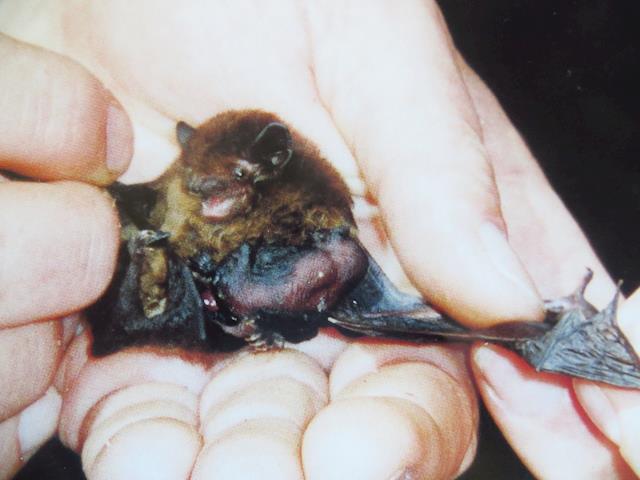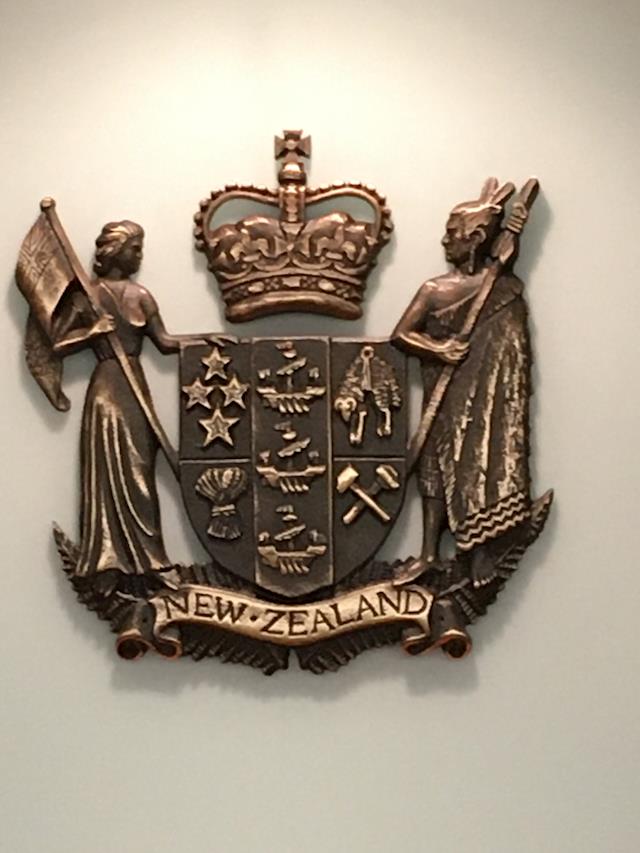The Environment Court has released its interim decision
12 November 2020
The Environment Court has now released its interim decision on Amberfield. We are very pleased with it, and relieved for the bats.
First, a reminder that our main aim was that the subdivision be designed to allow our local bats to continue to use Hammond Park with minimal disturbance, and to use Amberfield to forage and fly to their feeding grounds and roosting sites further west. The long-tailed bat has a nationally critical status and is approaching extinction, so safe and efficient access to feeding grounds is essential.
One of our main objectives was to defend a delay in building houses opposite Hammond Park until the riverside reserve vegetation has grown sufficiently tall to screen the river margin from light resulting from the development. This was required by the original decision that came out of the city council resource consent hearing, but both Weston Lea Ltd (the developers of the land) and Hamilton City Council opposed this delay.
The Court ruled on Friday that there must be a substantial screening in place before houses can be built.
We also sought that an existing shelterbelt that emerges from the river margin and crosses the site, and is used as a commuting corridor by the bats, be “buffered” against urbanisation by a strip of land on both sides, rather than having housing lots extend right up to the shelterbelt trees on one side, as sought by the developers and the council. The Court has ruled that there be a 15 metre buffer strip on that side. There is already a reserve proposed for the other side.
We had sought a 50 metre strip of land, so 15 metres is less than we were advised is optimal, but still an improvement.
We sought also that a road running through the shelterbelt very close to the river was either removed or narrowed. (There are to be two other roads that run largely parallel to it.) This is because road construction would require tree removal and thus break up the bats' commuting corridor, which is a particular problem so close to the river’s edge. Weston Lea and the council opposed this change.
The Court ruled that the road must be a very narrow low-speed ‘shared space’ for slow drivers, cyclists and pedestrians, which will require the removal of perhaps only one tree. Furthermore, the neighbouring road must be narrowed and have a ‘gantry’ over it (a kind of bat bridge) to maximise the chances that the bats will keep flying along the shelterbelt.
The Court noted that the short low-speed road section is likely to be beneficial not only for the bats but for residents and visitors, and attractive for walkers.
We also sought that Weston Lea pay a bond so that if they did not meet their environmental obligations the cost did not fall to ratepayers. This was not upheld by the Court.
Finally, we supported the Forest and Bird Society, who sought to have a ban on cats for Amberfield. Cats are known predators of bats, and the Court noted that to allow more than 800 houses on the site, thus inevitably bringing in many cats with their owners, is inconsistent with bat safety. The Court agreed: “the logic supporting a cat ban in this area is almost irresistible …”.
Thus the conditions RESI sought for the subdivision have been largely supported by the Court. The decision is an interim one and requires Weston Lea to draft conditions that conform with the decision’s requirements. We look forward to working positively with Weston Lea, Hamilton City Council and the other parties (Forest and Bird; Department of Conservation) to achieve this.
Importantly, while a few housing lots will be removed as a result of this decision, there is ample opportunity for slightly higher density housing elsewhere on the site to more than compensate for this loss. High-quality, higher-density housing paired with green space to be enjoyed by the residents and to restore biodiversity is thought by many urban designers to be the future approach for housing people while addressing the biodiversity crisis and other urgent challenges. Significant green spaces are incorporated into Amberfield as per Hamilton City Council’s Structure Plan for the area, and as advocated by RESI’s early submissions to the consent process.
THANK YOU to everyone who supported us! We needed it and appreciate it.
(The photo is of a long-tailed bat giving birth to a baby who was nearly a third the size of her. Image by Tony McCann.)

